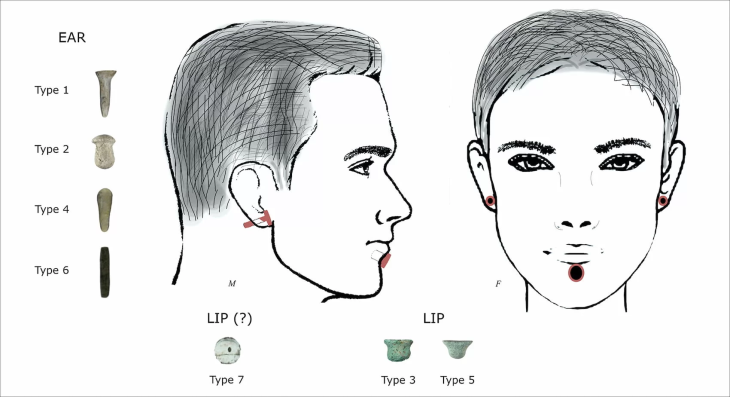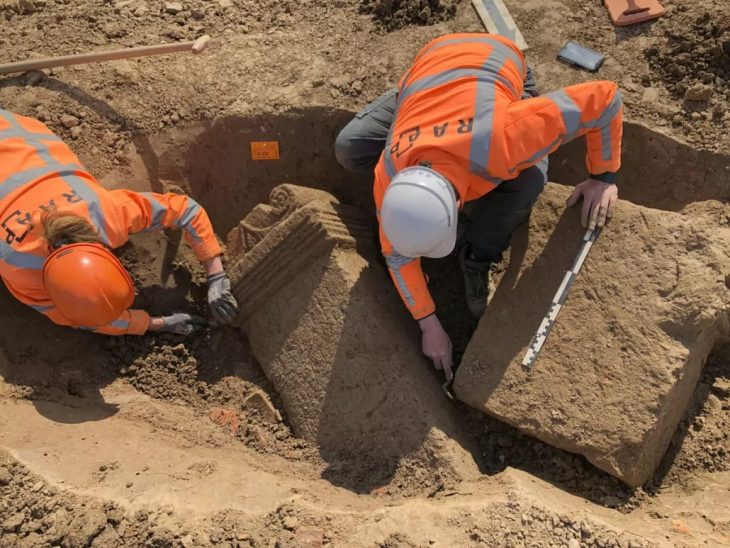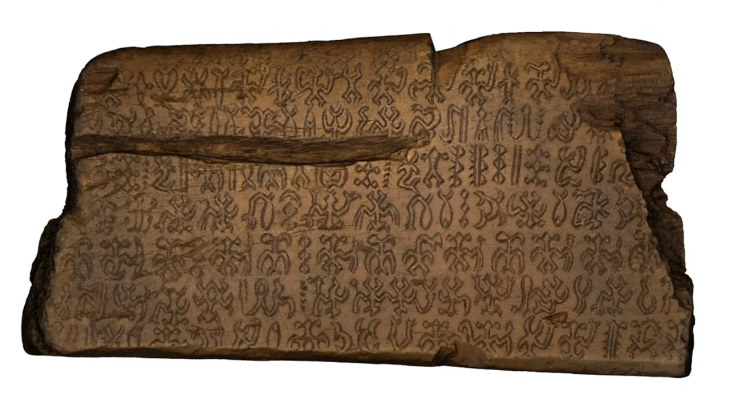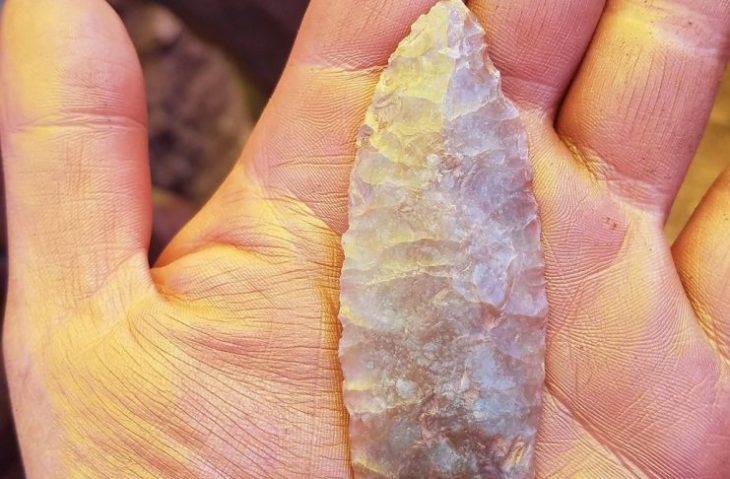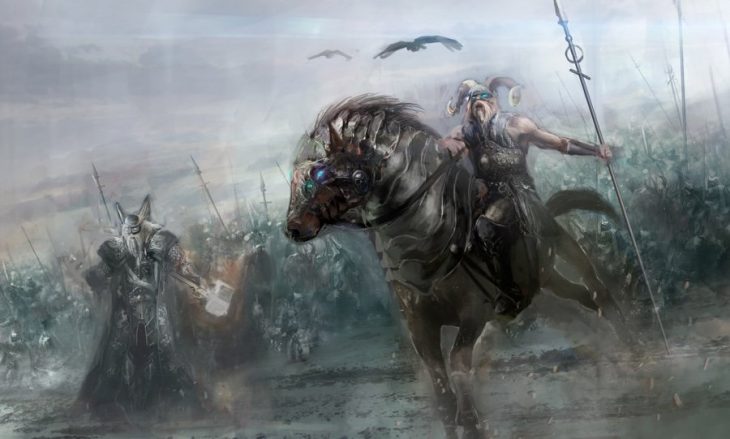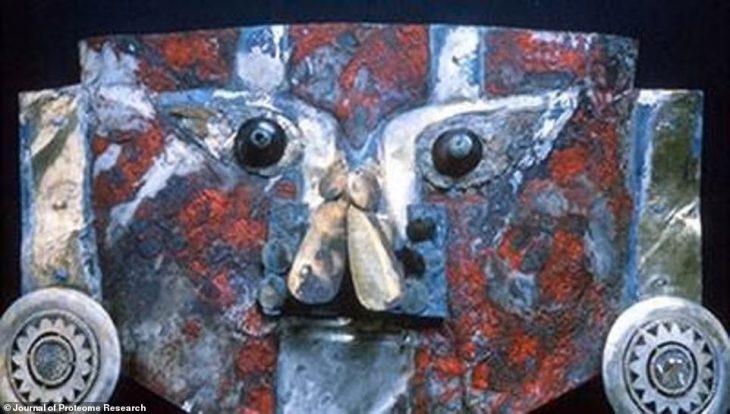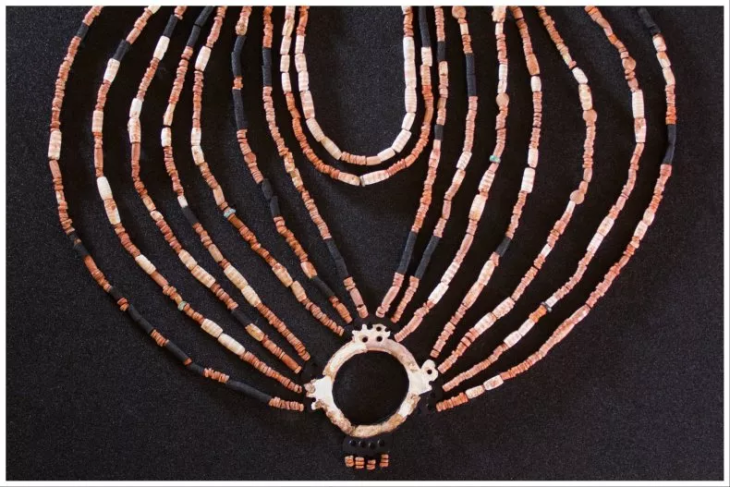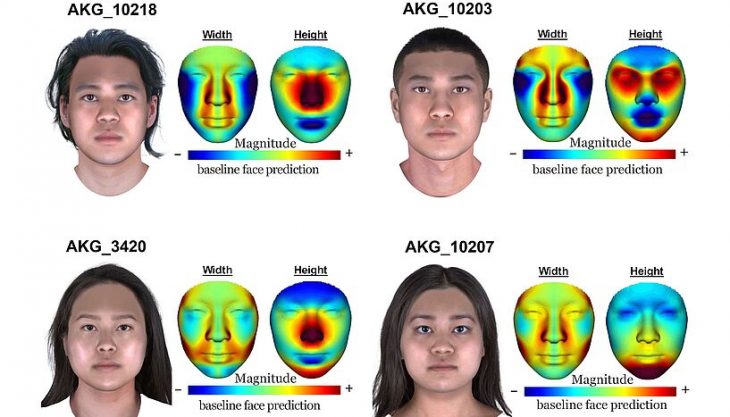During construction work in November 2023, road construction workers in Fürth came across an archaeological sensation: a centuries-old boardwalk under Würzburger Straße in the Burgfarrnbach district.
This historic path, on which the Franks of the early modern period once drove their carts, is now being uncovered piece by piece and provides insights into the rich history of Middle Franconia, Germany.
During road construction work in the Burgfarrnbach district of Fürth, the remains of a historic trade route from Nuremberg to Frankfurt came to light, reports the Bavarian State Office for monument preservation. Bit by bit, the archaeologists are now uncovering the heavy wooden planks that once fortified the centuries-old path and are hoping for further finds.
It is common knowledge that a large number of European cities and settlement structures have a fascinating past. But archaeology frequently lacks access to historical remnants because of modern development. But sometimes opportunities present themselves; in this instance, for example, the archaeological findings were also the result of construction work.
Underneath the present paving, workers renovating Würzburger Straße in the Fürth district of Burgfarrnbach discovered some unusual structures last November. This led to the current archaeological investigation, the findings of which are now being reported on by the Bavarian State Office for Monument Preservation (BLfD).
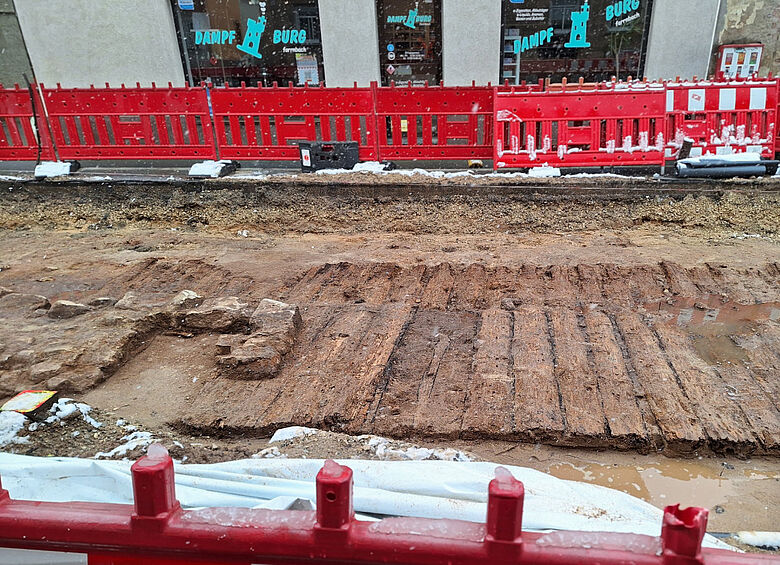
The archaeologists discovered the hundreds of years old remains of a boardwalk, which is now being uncovered for meters further.
The community chronicle from 1592 provides the first references to the Bohlenweg, which was once the town thoroughfare and represented an important long-distance route between Nuremberg and Frankfurt. It says that the residents were asked to maintain the path and, where necessary, repair it. Dendrochronological dating of pine planks recovered during the current excavations revealed that they were felled in 1773.
In 1790, the people of Fürth were treated to a very special spectacle: on September 27th, a procession with noble carriages and horses paraded through Burgfarrnbach to ceremoniously accompany the valuable imperial jewels such as the imperial crown and the Holy Lance – the treasure of the German emperors and kings. By this time at the latest, the wooden plank road must have been developed into a paved road based on the Berlin model.
With every plank uncovered, fascinating relics emerge, offering an insight into everyday life in past centuries. Buttons, horseshoes and even a silver coin from the early modern period have already been discovered. While experts continue to work on recovering a particularly well-preserved part of the path and preserving it for research and presentation purposes, the exposure of the boardwalk will add an important chapter to the history of Middle Franconia.
Cover Photo: Drone view of the excavation on Würzburger Straße in the Burgfarrnbach district of Fürth. © Bavarian State Office for Monument Preservation



